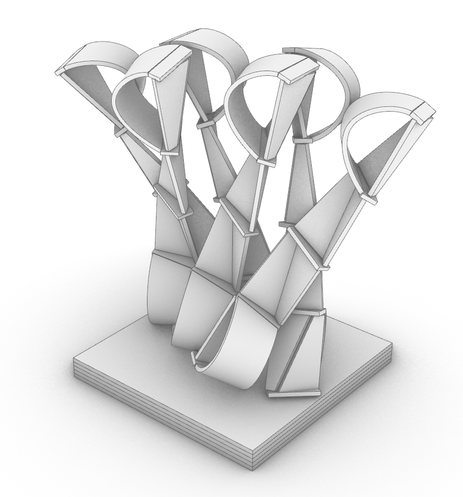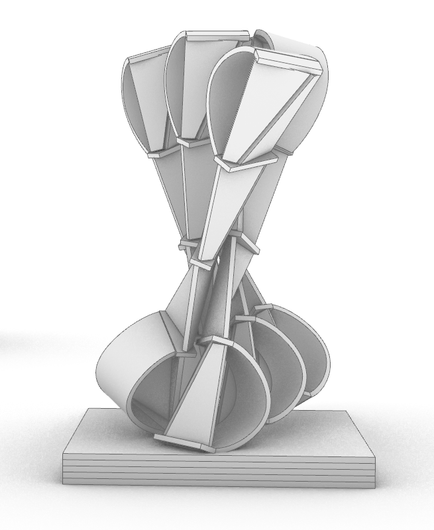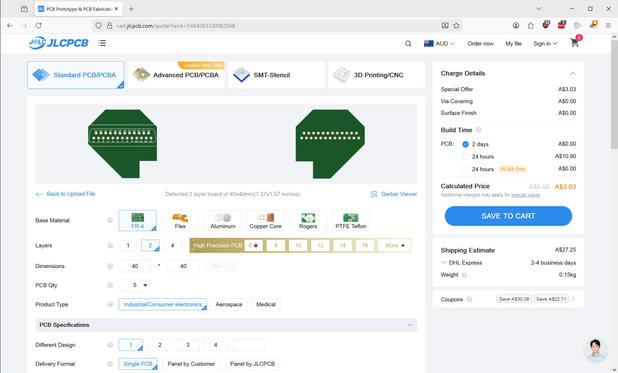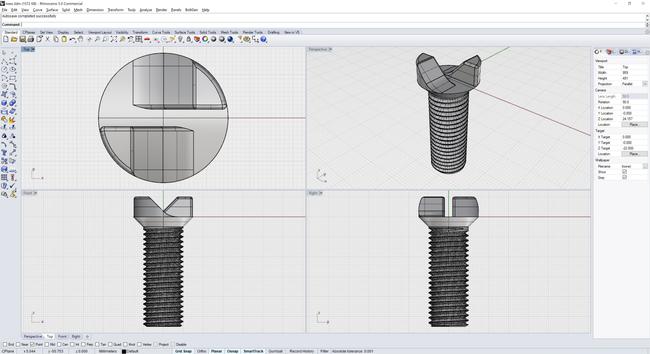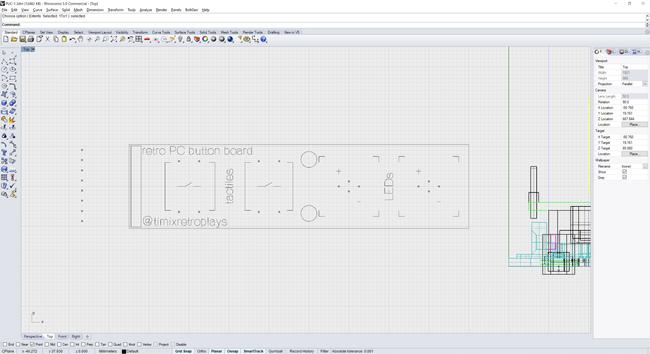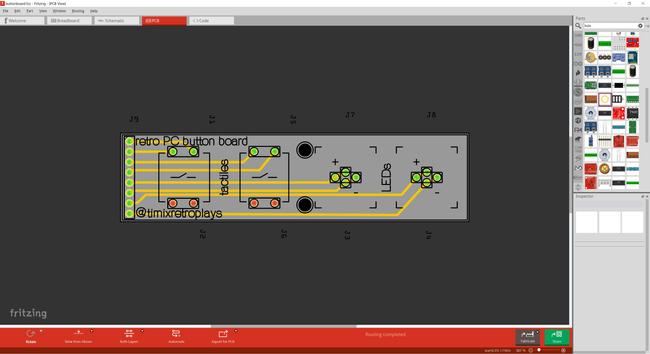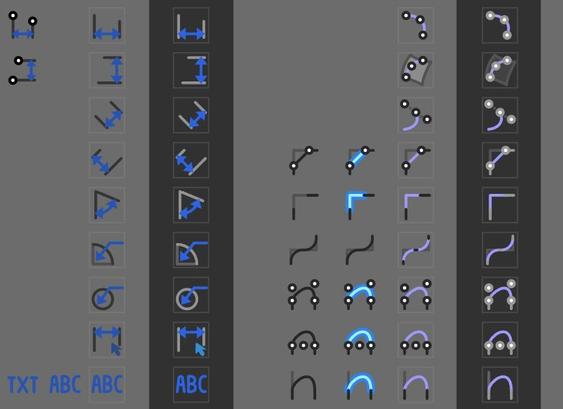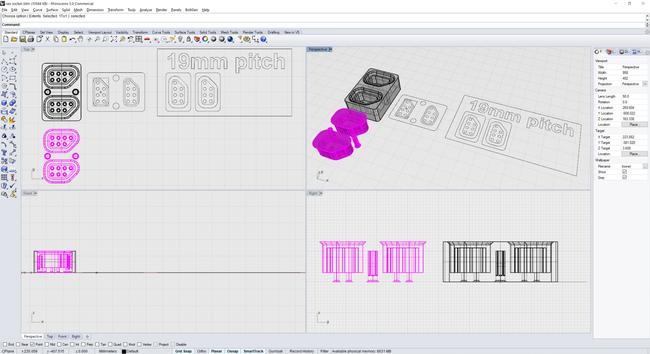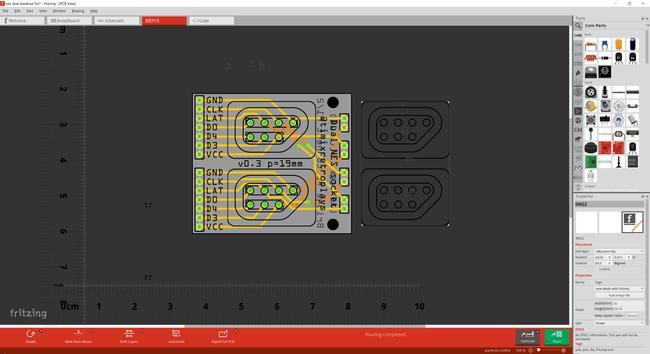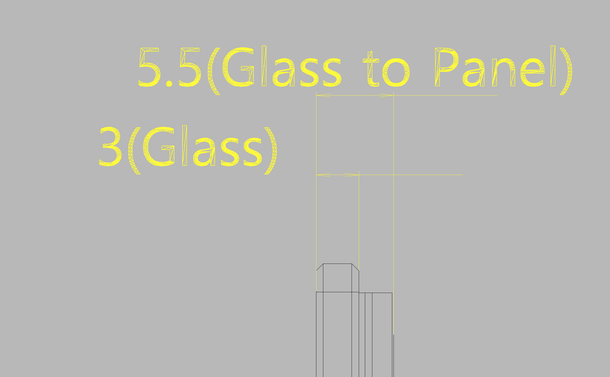Did you know? In Colombia we celebrate the Day of Love and Friendship in September, and it's customary to play the seasonal equivalent of Secret Santa. This year I'm playing with my acrylic painting classmates, and for the final gift we agreed on something hand-crafted.
So because I can't stop myself from being needlessly extra, here's a 3D model of a miniature replica of "Vigilantes" (1976), abstract sculpture by Colombian artist Edgar Negret.
It was a nightmare to replicate digitally. I'll post pictures of the finished physical cardboard model.
